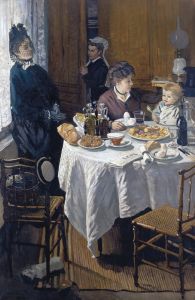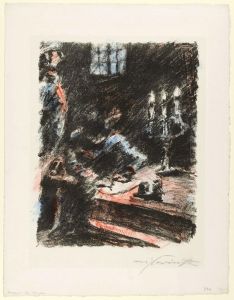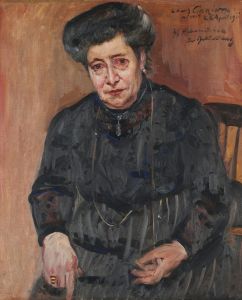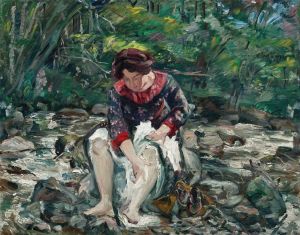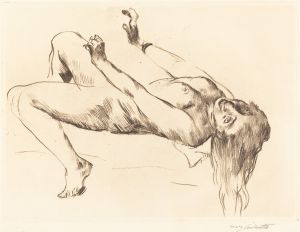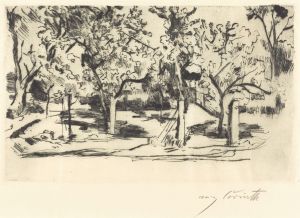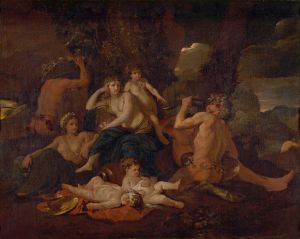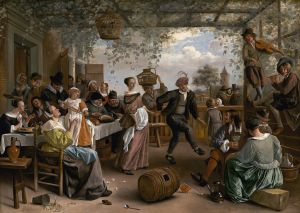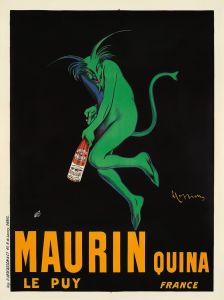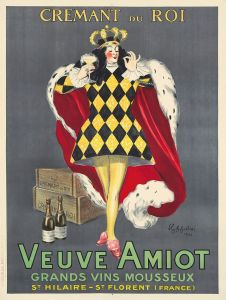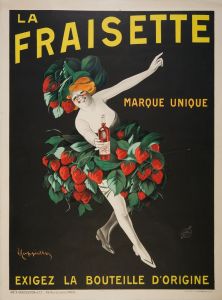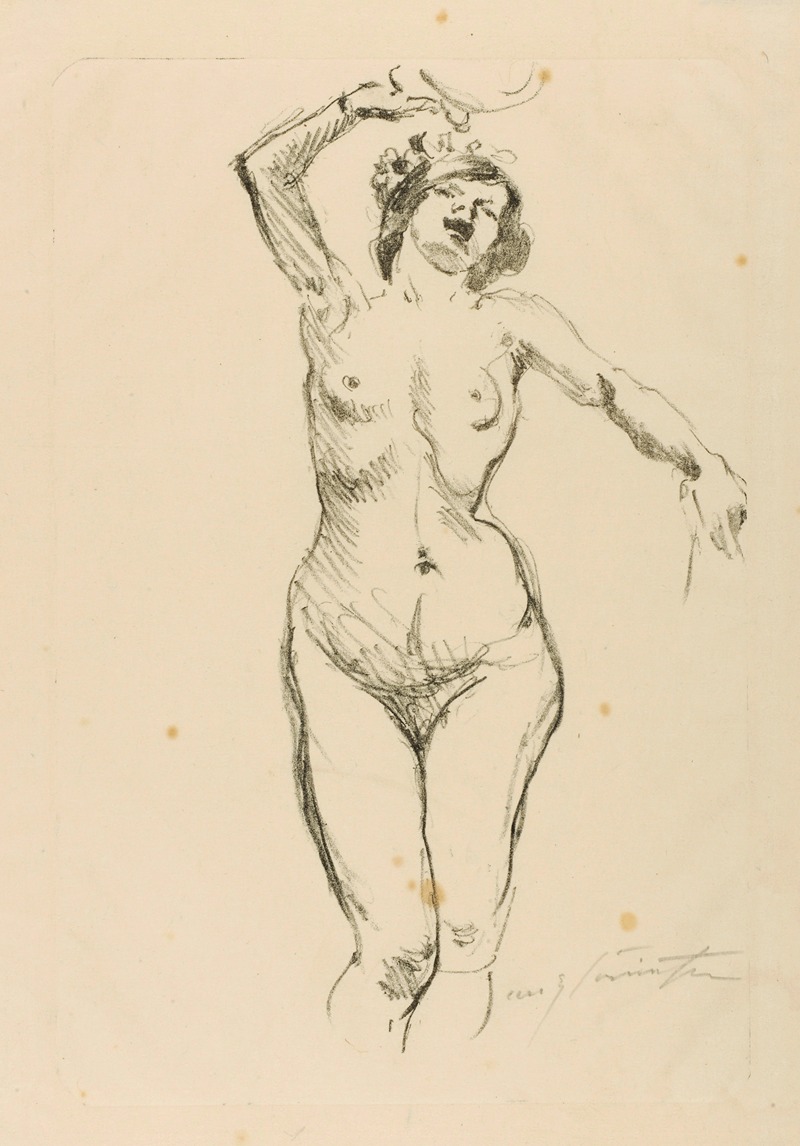
Bacchantin
A hand-painted replica of Lovis Corinth’s masterpiece Bacchantin, meticulously crafted by professional artists to capture the true essence of the original. Each piece is created with museum-quality canvas and rare mineral pigments, carefully painted by experienced artists with delicate brushstrokes and rich, layered colors to perfectly recreate the texture of the original artwork. Unlike machine-printed reproductions, this hand-painted version brings the painting to life, infused with the artist’s emotions and skill in every stroke. Whether for personal collection or home decoration, it instantly elevates the artistic atmosphere of any space.
Lovis Corinth was a prominent German painter and printmaker whose work bridged the transition from Impressionism to Expressionism in the late 19th and early 20th centuries. One of his notable works is "Bacchantin," a painting that reflects his interest in classical themes and his skillful use of color and form.
"Bacchantin" was created in 1898, during a period when Corinth was exploring themes from ancient mythology and literature. The term "Bacchantin" refers to a female follower of Bacchus, the Roman god of wine, known as Dionysus in Greek mythology. These followers, known as Bacchantes or Maenads, were often depicted in a state of ecstatic frenzy, celebrating the intoxicating power of wine and the liberation it brought from societal norms.
In "Bacchantin," Corinth captures the essence of this mythological fervor. The painting portrays a woman, presumably a Bacchante, in a dynamic pose that suggests movement and vitality. Her expression and posture convey a sense of abandon and ecstasy, characteristic of the Bacchic revelries. Corinth's use of vibrant colors and loose brushwork enhances the sense of energy and emotion, drawing the viewer into the scene.
The composition of "Bacchantin" reflects Corinth's mastery of form and his ability to convey complex emotions through his art. The figure is rendered with a sense of immediacy and spontaneity, typical of Corinth's style during this period. The background is often less detailed, allowing the figure to stand out and emphasizing the emotional intensity of the subject.
Corinth's interest in Bacchic themes can be seen as part of a broader fascination with the Dionysian aspects of human nature, which were explored by many artists and writers of the time. This interest was partly inspired by the writings of Friedrich Nietzsche, particularly his work "The Birth of Tragedy," which posited the duality of the Apollonian and Dionysian elements in art and culture. Corinth's "Bacchantin" can be seen as an artistic exploration of these themes, celebrating the primal and instinctual aspects of humanity.
Throughout his career, Lovis Corinth's work evolved significantly. Initially influenced by the Impressionists, he later embraced a more expressive style, characterized by bold colors and dynamic compositions. "Bacchantin" represents a key moment in this evolution, showcasing his ability to blend traditional subject matter with modern techniques.
Corinth's contribution to art extends beyond his paintings. As a teacher and member of the Berlin Secession, he played a significant role in shaping the direction of modern art in Germany. His works, including "Bacchantin," continue to be celebrated for their emotional depth and technical brilliance.
Today, "Bacchantin" is recognized as an important work within Corinth's oeuvre, reflecting both his artistic skill and his engagement with timeless themes. It stands as a testament to his ability to capture the complexities of human emotion and the enduring power of mythological subjects in art.





